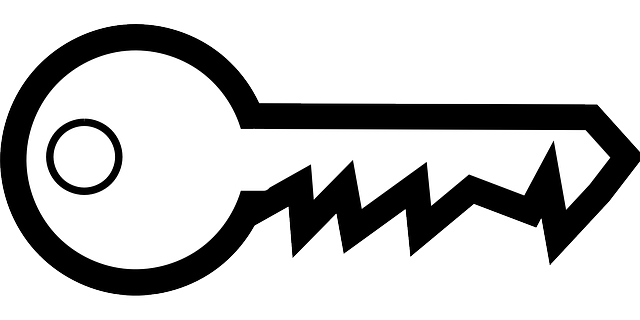In-home monitoring systems using video surveillance have dramatically improved care for the elderly by enabling real-time tracking of vital signs, movements, and activity levels. This technology enhances safety, promotes independent living, and facilitates social connections, thereby improving seniors' quality of life. Integrating medical alert devices with video feeds allows remote caregivers to swiftly respond to issues like falls or unusual behaviors, providing peace of mind for both residents and families. Despite challenges such as interoperability, advancements in AI and machine learning hold promise for further enhancing fall detection and behavior analysis in elderly care via video monitoring.
In-home monitoring systems are transforming senior care, offering peace of mind by tracking vital signs and activities. As our aging population grows, integrating medical alert devices with these systems becomes crucial. This comprehensive guide explores how combining in-home monitoring and medical alerts enhances safety for the elderly. We delve into the benefits, from remote health assessment to rapid response during emergencies, using video monitoring as a powerful tool. Additionally, we discuss challenges and future prospects, shaping innovative solutions for improved elderly care.
- Understanding In-Home Monitoring Systems and Their Benefits for the Elderly
- The Role of Medical Alert Devices in Senior Care
- Integrating Medical Alerts with Video Monitoring: Enhancing Safety and Peace of Mind
- Challenges and Future Prospects of Combined Systems for Elderly Care
Understanding In-Home Monitoring Systems and Their Benefits for the Elderly
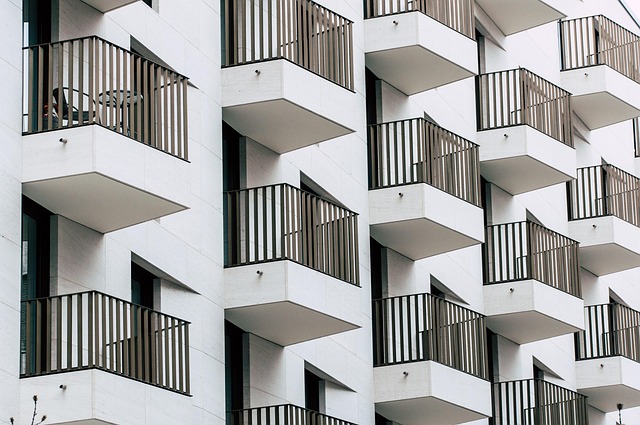
In-home monitoring systems have revolutionized care for the elderly, offering a sophisticated yet non-intrusive approach to their well-being. These systems typically comprise a network of sensors and cameras strategically placed within an individual’s residence, designed to track vital signs, movement, and overall activity levels. By employing video monitoring for elderly individuals, caregivers gain valuable insights into their daily routines, ensuring safety and peace of mind.
The benefits are manifold; real-time data allows care teams to promptly address any concerns, from a fall or unusual behavior to medication reminders. This technology enables independent living while fostering a sense of security. Moreover, video monitoring can facilitate social interaction for the elderly, connecting them with loved ones and community support networks, thereby enhancing their overall quality of life.
The Role of Medical Alert Devices in Senior Care
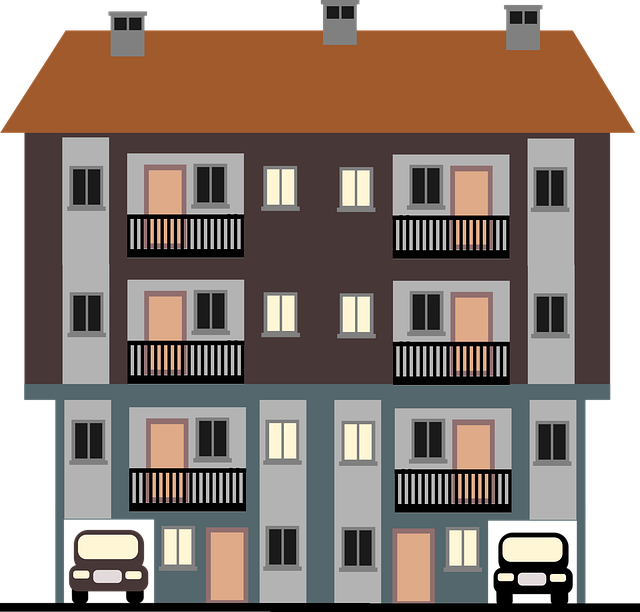
Medical alert devices play a pivotal role in senior care, especially with the growing preference for in-home monitoring systems among the elderly population. These devices serve as a lifeline, enabling seniors to live independently while ensuring prompt assistance during medical emergencies. By integrating medical alerts with video monitoring for elderly individuals, caregivers and family members can remotely track their loved ones’ well-being.
Through real-time video feeds, caregivers can observe daily activities, detect unusual behavior, and ensure the overall safety of seniors. Medical alert devices, equipped with fall detection technology, can automatically notify emergency services if a fall occurs, providing crucial assistance even when no one is physically present. This integration enhances the quality of care, offering peace of mind for both seniors and their families.
Integrating Medical Alerts with Video Monitoring: Enhancing Safety and Peace of Mind
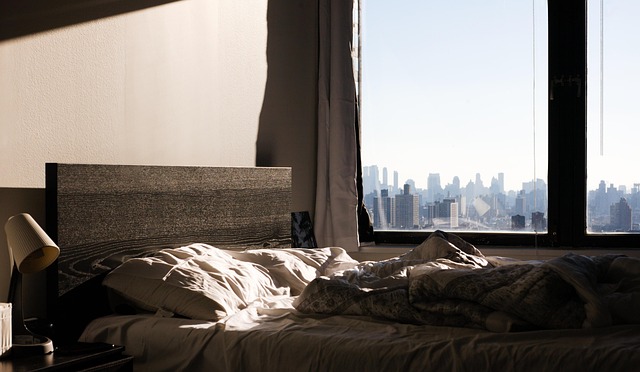
Integrating medical alerts with video monitoring systems offers a powerful solution for enhancing safety and peace of mind, especially for the elderly population. By combining real-time video surveillance with immediate alert notifications, these integrated systems provide a comprehensive approach to in-home care. When a resident falls or experiences a medical emergency, the video monitor can capture the incident, allowing caregivers or emergency services to assess the situation swiftly.
This technology enables continuous observation while respecting privacy, as alerts are triggered only when necessary. For example, a video monitoring system with medical alert integration can detect unusual behavior, such as a senior who has fallen and is unable to move, and promptly notify family members or healthcare providers. This proactive approach ensures timely intervention and can significantly improve outcomes for vulnerable individuals.
Challenges and Future Prospects of Combined Systems for Elderly Care
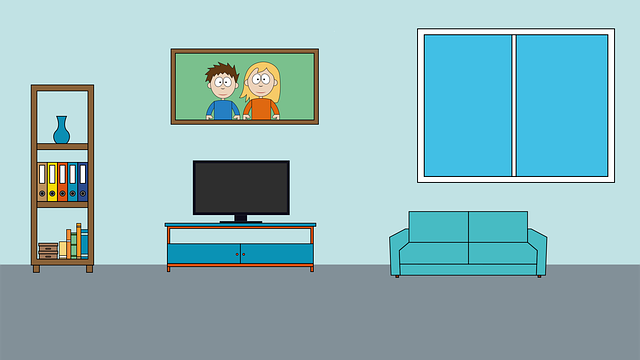
The integration of medical alert systems with in-home monitoring solutions presents a promising approach to enhancing elderly care, particularly in addressing their unique needs. However, there are several challenges that must be overcome for widespread adoption. One significant hurdle is ensuring interoperability between diverse technologies and platforms, as many existing systems employ proprietary protocols, making seamless data exchange difficult. Standardization and compatibility issues can lead to fragmented information, hindering comprehensive care planning.
Looking ahead, the future of combined medical alert and in-home video monitoring systems for elderly care appears promising with advancements in artificial intelligence and machine learning. These technologies offer opportunities for improved accuracy in detecting falls or unusual behavior, enabling timely interventions. Furthermore, cloud-based analytics can provide remote caregivers and healthcare providers with valuable insights into the well-being of older adults, fostering proactive and personalized assistance.
The integration of medical alert systems with in-home video monitoring offers a promising solution for enhancing senior care. By combining these technologies, we can create a comprehensive safety net for the elderly, providing both immediate assistance during emergencies and continuous observation to detect potential issues early on. As technology advances, further development and research into these combined systems will be key to improving the quality of life for seniors while ensuring peace of mind for their families. Video monitoring for elderly care has the potential to become a game-changer in the field, offering efficient and effective solutions tailored to individual needs.
